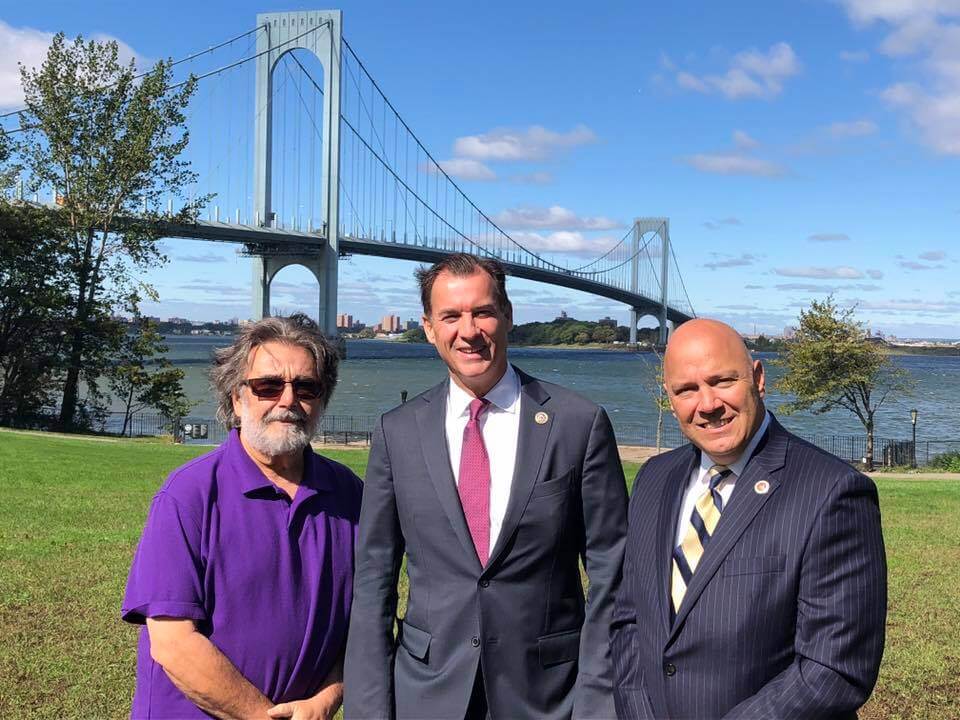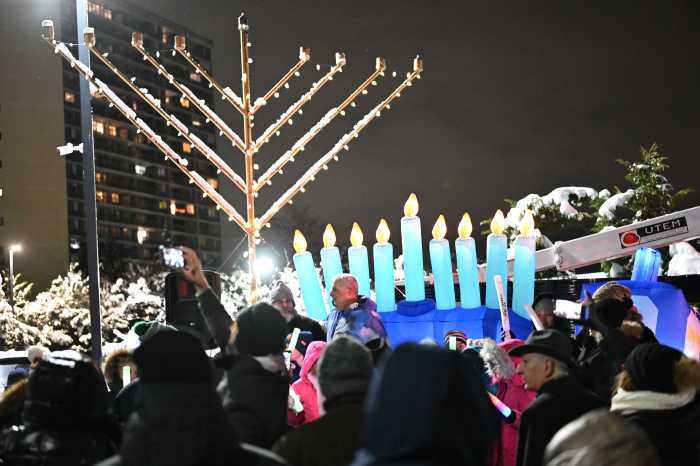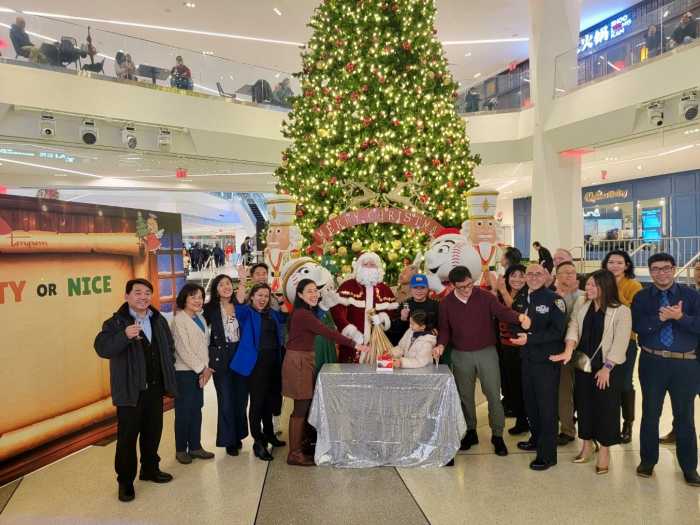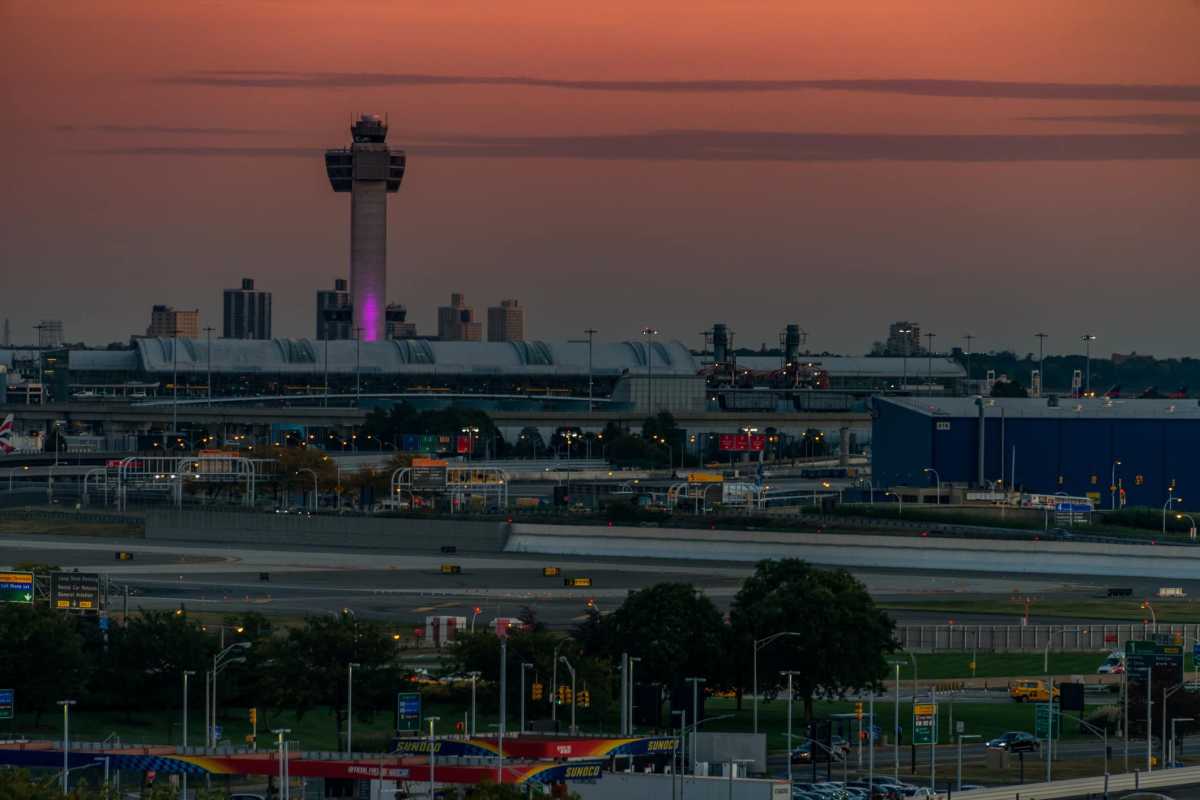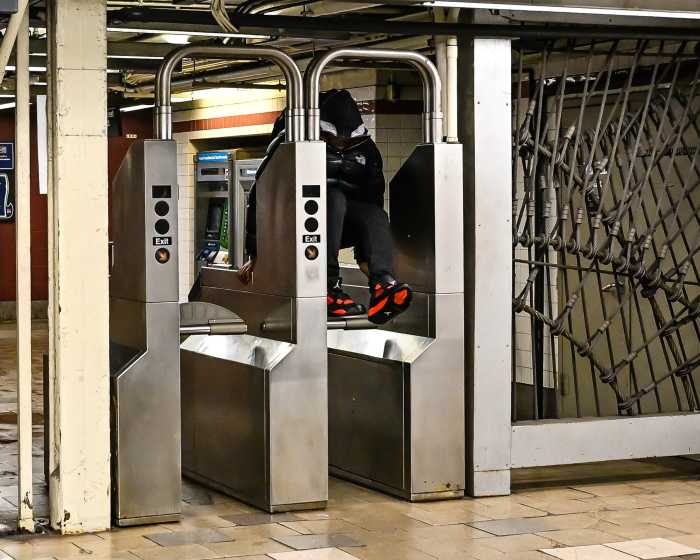Northeast Queens residents will get even more relief from incessant helicopter noise this summer.
On April 1, Congressman Tom Suozzi and Councilman Paul Vallone announced that the Federal Aviation Administration (FAA) extended the alternative North Shore Helicopter route for an additional 180 days.
The FAA began a six-month test of an alternative helicopter route in October 2018, which shifted air traffic away from Whitestone, Bayside and other northeast Queens neighborhoods while cutting helicopter and seaplane traffic by up to 50 percent. The lawmakers confirmed that the 180-day route extension will run through Oct. 2, 2019.
“The communities of Whitestone, Bayside and northeast Queens have suffered from incessant helicopter and aircraft noise. In recent years, air traffic volume has increased dramatically, reaching a point where families cannot enjoy their own backyards without constant noise, making them prisoners in their own homes,” Suozzi said. “This 180-day extension of the alternative route will dramatically improve the quality of life for affected residents, particularly during the busier and noisier summer months. I want to thank the FAA for working with me to find solutions that will mitigate noise and provide relief for Queens residents. My hope is that after this test route is complete, this extension can be made permanent.”
Since becoming the co-chair of the Congressional Quiet Skies Caucus, Suozzi and local groups like the We Love Whitestone Civic Association have been working with the FAA to adopt common sense solutions to mitigate the noise and air pollution caused by the old North Shore helicopter route, which flew over the north shore of Long Island.
LaGuardia Tower and New York TRACON used the alternative route during the six-month test period that began last October. During that time period, the FAA conducted tests and evaluated the alternative route on VFR helicopters and float planes operating at New York City heliports and seaports.
“I want to thank the FAA for extending use of the alternative North Shore Helicopter Route through the summer months, which is clearly the busiest time of the year,” Vallone said. “Expanding this pilot program until Oct. 2 will give families in Bayside, Whitestone and College Point much needed relief from the onslaught of noise low-flying, chartered helicopters bring to our communities. Since day one, my office has continuously fought to protect northeast Queens from disruptive air traffic, and this extension is another great win for our district. It is our continued hope that the FAA will consider taking this transformative program from pilot to permanent.”
To solicit community feedback, the FAA held three public meetings — two on Long Island and one in Queens — back in November 2018. FAA “subject matter experts” were on hand to field questions at the workshop-style meetings and the public was also encouraged to submit a written statement for the record.
But at the April 1 Community Board 11 meeting, board member and President of Queens Quiet Skies Janet McEneaney said that she thought the FAA was doing a “terrible” job at involving the community in pertinent issues.
McEneaney shared her experience at the 2019 Aviation Noise and Emission Symposium in Florida, where she and community representatives from other states gave input on ways the FAA could better involve the community. Community suggestions included providing comprehensive public notice, including all community groups in decision making, increased transparency, listening and considering community input, establishing “best practices” for roundtables and expanding community representation.
She led the presentation of suggestions at the March symposium and got feedback from Kevin Welsh, the executive director of the FAA’s Office of Environment and Energy.
“He got up and he said, ‘Janet, I really agree with you. It is a paradigm shift.’ He said there is an invisible infrastructure within the FAA. In other words, not everybody agrees with this and things have changed slowly. But he said, ‘I want you to know that you have been heard.'”
McEnenaney added that the community suggestions from over 60 community groups around the country would be integrated into the FAA’s performance report in October 2019.

